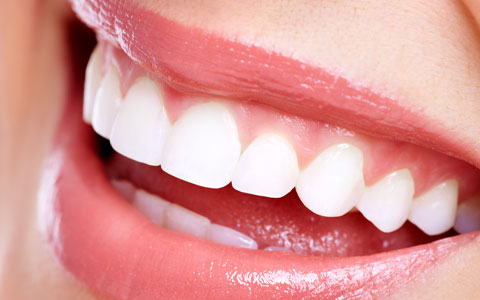Unlocking the Secrets of Dental Bone Grafting
A dental bone graft is a procedure that utilizes external bone material to restore structure to your jaw in areas where bone loss has occurred. Once the bone graft is in place, it serves as a scaffold, creating the ideal conditions for your body to initiate the healing and repair process.
The bone graft material can be sourced from various places, including your own body (autogenous), human tissue banks (allograft), or animal tissue banks (xenograft). In some instances, synthetic bone graft material (alloplast) may be used. Additionally, your dental provider might combine a dental bone graft with platelet-rich plasma (PRP) derived from your blood to promote healing and tissue regeneration.
Dental bone grafts are commonly employed when jawbone loss occurs. Situations where a bone graft may be necessary include:
Dental bone grafts are a routine part of various dental procedures such as tooth extractions, dental implants, or dentures preparation. These procedures can be performed by general dentists or specialists like periodontists or oral surgeons.
There are four primary types of dental bone grafts:
Typically, bone grafts need to fully heal before dental implant placement. Recovery times vary depending on individual factors.
An oral examination is the initial step, evaluating the health of your teeth, gums, and jaw. X-rays help assess the extent of bone loss. Your dentist will discuss treatment options and create a personalized plan for your specific needs.
The procedure starts with the application of local anesthesia. A small incision is made in your gums to expose the jawbone. After disinfection, the bone grafting material is added. The gum tissue is then repositioned and sutured for healing.
Post-surgery, you may experience pain, swelling, and bruising. These symptoms are typical and can be managed with pain relief treatments and, in some cases, antibiotics. Small bone fragments may be released over the following days, which is generally normal but can be checked by your dentist if needed.
Generally, there is minimal pain associated with bone grafting surgery. Following prescribed medications and post-operative instructions is essential.
Bone grafting procedures typically require local anesthesia, though sedation options can be discussed for comfort. In more complex cases, general anesthesia may be recommended.
Dental bone grafts are highly successful but, like any procedure, there's a slight chance of failure, particularly for smokers or patients with specific medical conditions. Signs of graft failure include increased pain, swelling, pus, or lack of improvement in jawbone structure.
Dental bone grafts enhance eligibility for dental implants and restore jawbone to its original form after bone loss.
While generally safe, bone grafting carries some risks, including infection, bleeding, nerve damage, and complications from anesthesia.
Full recovery from bone grafting can take anywhere from three to nine months, depending on the type of graft and your body's healing abilities.
Most patients can return to their routines the day after the procedure, but extra rest may be needed if sedation was used.
Your dentist will monitor your healing and determine when the graft is strong enough to support dental implants if required.
Watch for signs like severe pain, increased swelling, pus around the grafting site, or a fever of 38°C or higher. If any of these symptoms occur, contact your dentist immediately.

When facing a dental issue where a tooth is too damaged for a filling but not extensively dam
For the healthiest gums use these formulas for brushing, flossing, massaging gums, mouth-rinses, proxa-brushes, sulca-brushes, rubber-tip stimulators to overcome sensitive teeth, to ease the recovery of oral surgery, and for general overall cavity prevention.
A beautiful smile can give patients a lifetime of happiness!
(780) 484-0808